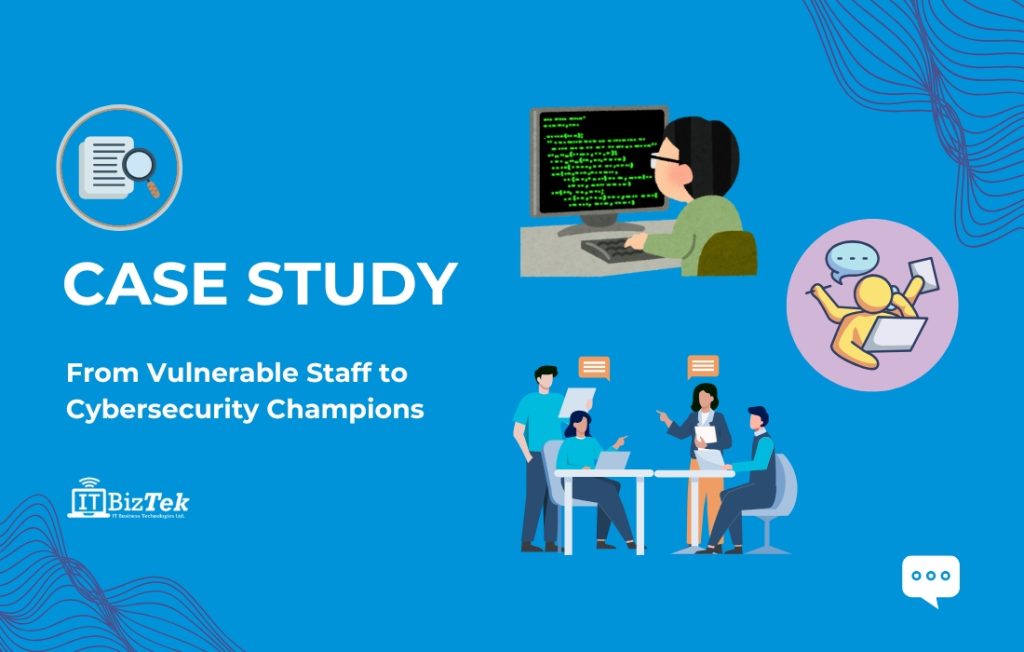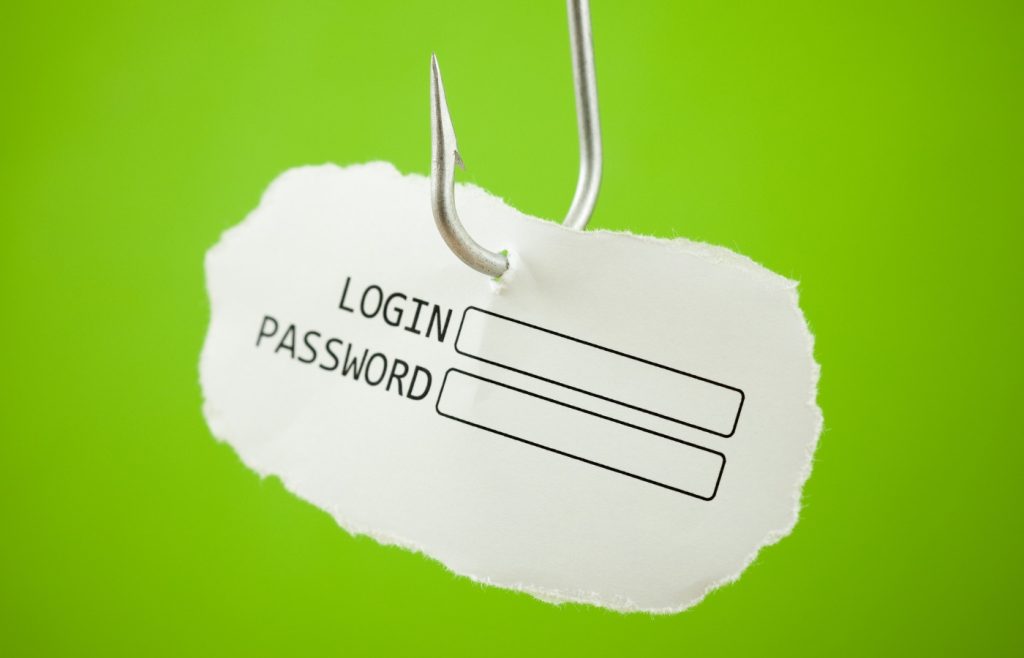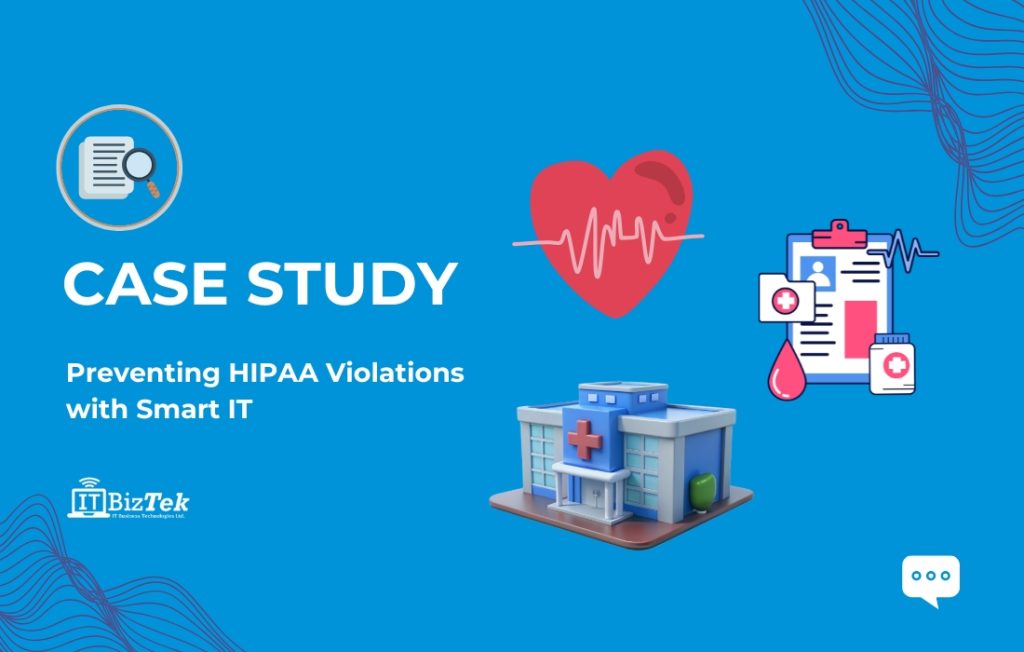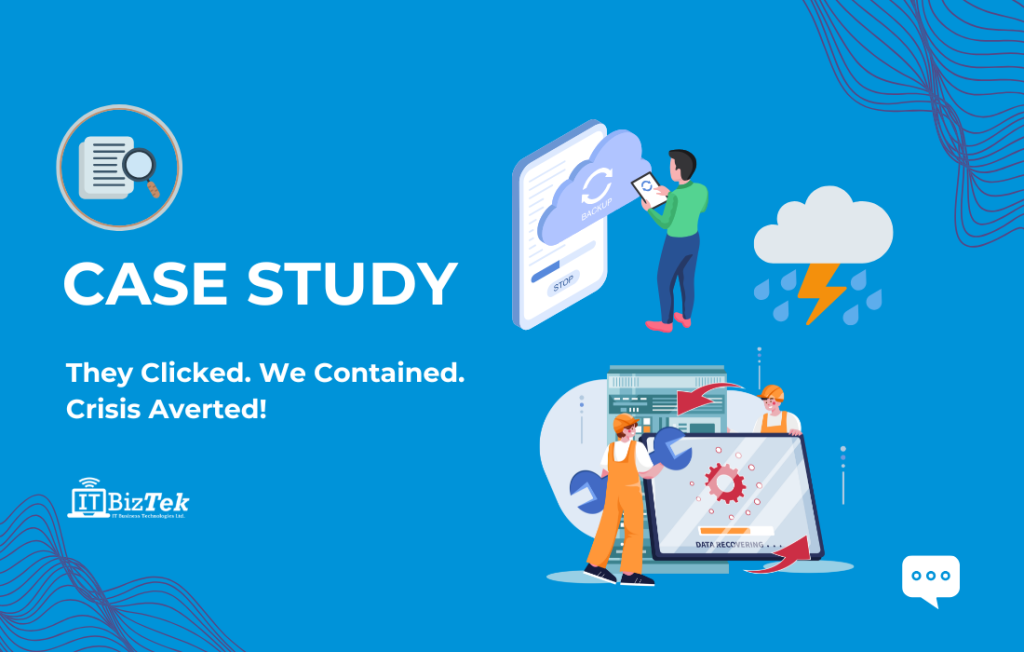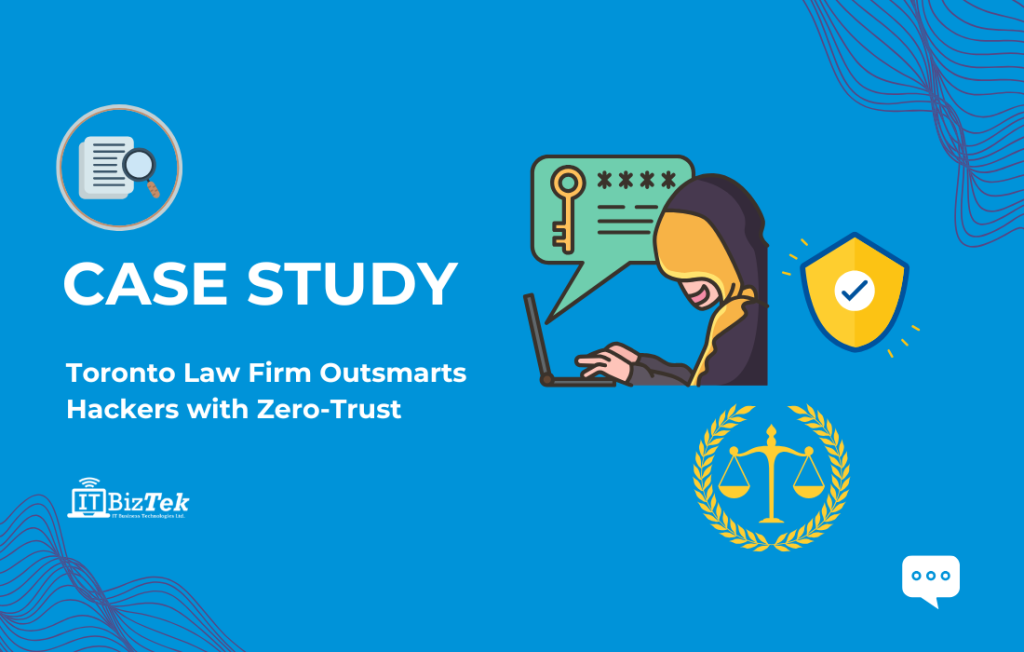Running a nonprofit is hard enough. You’re juggling limited budgets, overworked staff, and a mission that depends on trust. The last thing you need is a cyberattack that locks up your donor database or leaks sensitive information. Unfortunately, that’s exactly what almost happened to one of our nonprofit clients in North York last year.
As the founder and president of ITBizTek, I’ve seen all kinds of IT challenges over the past 25 years, but this one stuck with me – mostly because it started with something so small and avoidable.
The Early Warning Signs
It began when the nonprofit’s executive director called me in a panic. Several employees had received what looked like internal emails from the finance team. The messages included links to “updated payroll information.” Of course, they weren’t real. They were phishing emails crafted to look authentic.
One employee clicked the link and entered their Microsoft 365 credentials. Within minutes, the attacker had access to their inbox and was quietly forwarding every email to an outside address.
When we performed an initial assessment, we found more red flags:
- Passwords were reused across multiple accounts
- No multi-factor authentication (MFA) was enabled
- Staff had never received formal cybersecurity training
- Endpoint protection was outdated and inconsistent across devices
They weren’t alone. According to the Canadian Centre for Cyber Security, over 70% of reported breaches in small and medium organizations start with phishing or social engineering. It’s rarely the firewalls that fail – it’s people who are undertrained and overwhelmed.
Our First Move: Containment
Our immediate goal was to contain the situation and limit damage.
We reset all credentials, revoked suspicious sessions, and isolated affected endpoints. Fortunately, no donor or financial data had been accessed yet. The breach was stopped in time but only barely.
The nonprofit was lucky. If that one employee hadn’t called IT support quickly, the attacker could’ve launched a ransomware payload or impersonated staff to request fake wire transfers. We’ve seen it happen.
Building a Long-Term Fix: Security Awareness and Endpoint Protection
Once we stabilized the environment, I sat down with their leadership team. They knew they needed stronger tools, but more importantly, they needed a security-first culture. That’s where our cybersecurity awareness training came in.
We started with an in-depth, organization-wide workshop focused on:
- How to identify phishing and social engineering attempts
- Safe password practices and MFA setup
- Email verification habits and attachment handling
- Simulated phishing tests to build real-world readiness
Within the first month, the nonprofit saw a 90% reduction in employees clicking on fake phishing simulations. That’s not a typo – 90%.
Then, we implemented endpoint protection across all their devices. This included next-gen antivirus, continuous monitoring, and real-time threat detection. We also rolled out centralized patch management to keep all software up to date.
Together, these measures transformed their IT environment from reactive to proactive.
The Power of Awareness
What surprised their team most wasn’t the technology it was how much awareness mattered. Before our training, cybersecurity felt abstract to them. Afterward, it felt personal. They understood how easily one click could put years of hard work at risk.
We also created a simple internal policy guide: how to report suspicious emails, what to do during an incident, and who to contact first. For nonprofits without full-time IT staff, this kind of playbook is a game changer.
Results That Speak for Themselves
Six months after completing the training and upgrades:
- No further phishing incidents were reported
- MFA adoption hit 100%
- Endpoint protection detected and blocked 14 potential threats automatically
- Employee response time to suspicious emails dropped from hours to minutes
Even better, the staff felt confident, not anxious, about technology. For an organization that depends on digital fundraising and communication, that peace of mind is priceless.
Why This Matters for Every Organization
Cyberattacks don’t target big corporations only. In fact, according to Business Development Bank of Canada (BDC) survey found that 73% of small businesses experienced a cybersecurity incident in the past year. Nonprofits and small businesses are often hit hardest because they lack proper defenses.
That’s why at ITBizTek, we focus on helping Toronto organizations build security from the ground up without overwhelming their budgets. Our cybersecurity services include:
- Awareness and phishing training
- Endpoint and network protection
- Incident response and recovery
- Ongoing monitoring and compliance support
Whether you’re a nonprofit, law firm, or startup, protecting your data is no longer optional. It’s a basic part of running a modern organization.
What I Learned from This Case
Every time I think back to that call from the North York nonprofit, I’m reminded that cybersecurity isn’t about fear, it’s about empowerment. When people understand the risks, they make smarter choices. When they have the right tools, they can focus on what truly matters: their mission.
Technology can be complicated, but security doesn’t have to be. It starts with education, awareness, and the right support. And that’s something any organization can achieve.
If your business or nonprofit wants to strengthen its defenses, start small: review your passwords, turn on MFA, and invest in employee training. Those three steps alone can stop over 90% of common attacks.
And if you’re not sure where to start, that’s exactly what we’re here for! Get in touch with us today for a free IT assessment consultation!
Author
Danny Sadovsky, President & Founder of ITBizTek. With over 25 years of experience in IT, Danny is passionate about helping Canadian businesses adopt technology that drives growth and long-term success.

